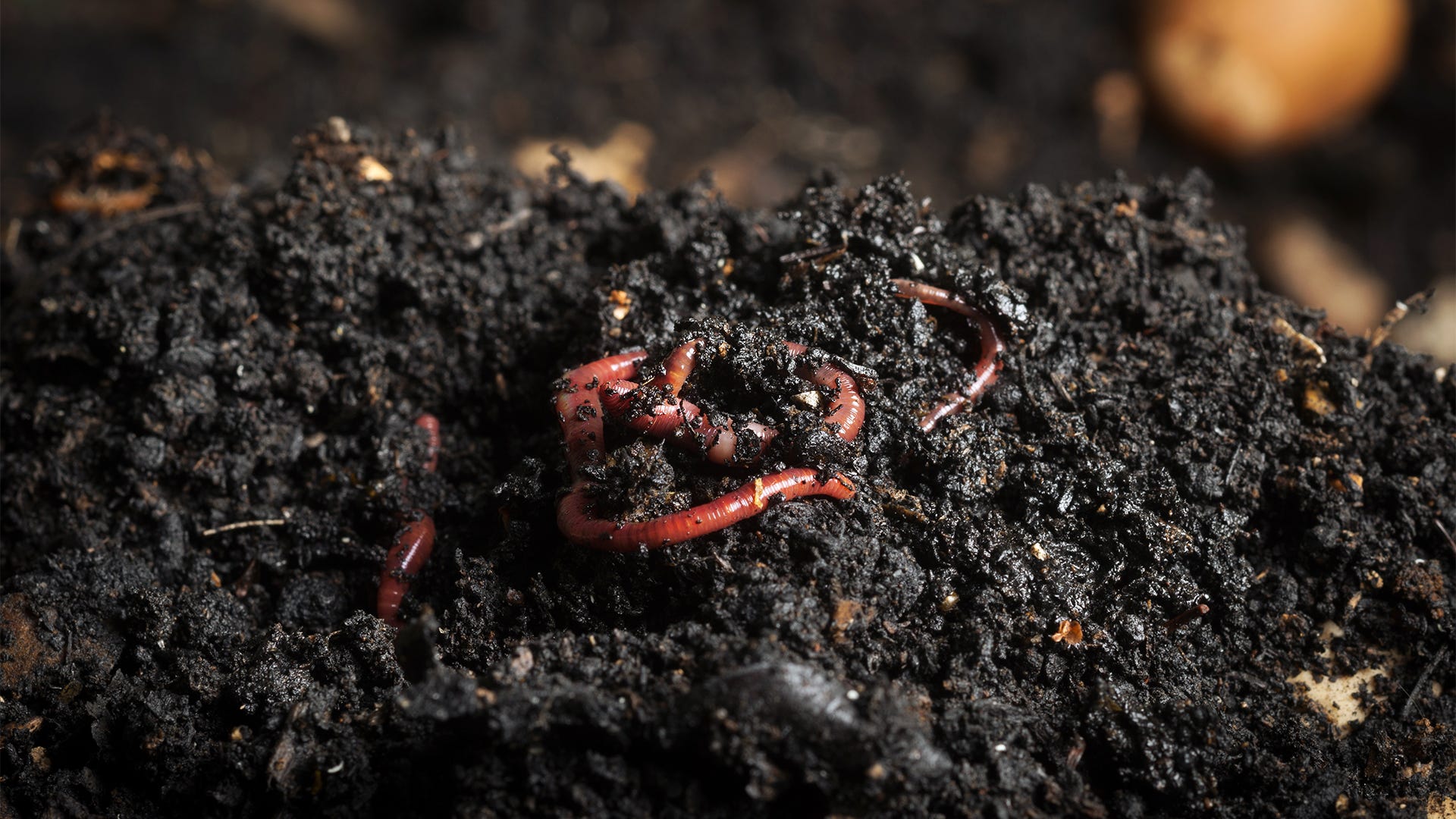Red Wiggler Express Fundamentals Explained
Red Wiggler Express Fundamentals Explained
Blog Article
About Red Wiggler Express
Table of ContentsIndicators on Red Wiggler Express You Should KnowEverything about Red Wiggler ExpressEverything about Red Wiggler ExpressNot known Incorrect Statements About Red Wiggler Express The Of Red Wiggler ExpressUnknown Facts About Red Wiggler Express
Red wigglers and compost worms' preferred foods are most fruits - they particularly love bananas, strawberries, raspberries, blueberries, peaches, and melons! Yes - however we suggest feeding potato peels to worms in moderation (Where To Buy Worms). Potato peels are starchy and do not break down conveniently so they can take a while for the red wigglers to failure and eatWe feed our worms at Brothers Worm Ranch two times a week, and the majority of us do the very same with our worm bins in the house. Red wigglers have a tendency to eat even more when temperature levels are modest (60-80 degrees), so you may discover a requirement to feed them more throughout these durations. If you are leaving for trip or a journey and are stressed over your worms, there are a couple of things you can do to ensure their survival.
Just follow these steps and your wiggly good friends should be great while you're gone: Mix in fresh bed linens to the bin. Bed linens can be the initial type of bed linen you utilized or a number of handfuls of shredded cardboard. Provide the surface of the bedding a hefty misting so the bedding doesn't dry.
Not known Incorrect Statements About Red Wiggler Express
Location a piece of cardboard over the surface area of the container (this will certainly assist it preserve wetness). If you are leaving for more than 2 weeks, we suggest having a buddy or relative feed and water the worms every 1.5 weeks while you are gone. You can leave food for the worms in the refrigerator and a little spray container for watering.
Many thanks for reading and delighted farming!.
Red worms are nature's ultimate composting worm and a great choice for worm ranches. They're typically called red wigglers, tiger worms, manure worms, composting worms, and the trout worms.
An Unbiased View of Red Wiggler Express


Red worms have several homes which make them suitable for the compost bin. Of all the worms suitable for worm farming the red worm is the most adaptable and passionate.
Decaying fallen leaves, lawns, timber, and pet manure are all favorites of red worms. The red worm's starved hunger makes it the champ of the compost container and a digital worm spreading (a.k.a. worm poop) makers. Red worms are fairly little, generally obtaining no larger than 5 inches. Do not undervalue them.
Red worms like to stay in nests, commonly gathering into a writhing mass around a food resource. Maintaining this close call makes them respected breeders and a suitable type to increase in your worm ranch. A 24" x 24" worm bin can quickly house over 1000 red worms. Nevertheless for those thinking about elevating bait worms it's good to bear in mind that congested red worms will certainly stay fairly skinny and brief.
Red Wiggler Express Can Be Fun For Anyone
One more benefit of red worms is their ability with stand a wide array of temperature extremes. When the temperature level dips red worms require to be protected from freezing weather.
That can be as straightforward as keeping them in trench filled with aged manure and covered with straw or leaves. Similarly; when temperature levels increase keep your worm ranch cool. If your bed linen gets over 85 degrees red worms will certainly try to leave your bins for cooler areas. Give them with color or if possible move them into your cellar.
Like all worms red worms take a breath oxygen via their skin. A wet setting also promotes the break down of natural issue in their bed linen product by microbial life forms.
A worm ranch filled with red wigglers is an exceptional means to compost food scraps, left overs, garden waste, and leaves. Feeding redworms is quite very easy, yet there are some basic however vital things to bear in mind in order to keep you worm farm healthy and balanced. In this area we will cover what you must and ought to not be feeding your worms.
A Biased View of Red Wiggler Express

But before handing over all the needed reproductive products are scooped up into the ring. When the mucous ring leaves the worm completion seals up, creating it to taper at one end, triggering the familiar lemon form of the cocoon. Over the next 20 days the cocoon dims and solidifies.
If you don't feed them they will certainly go trying to find food. Like all worms red worms breathe oxygen via their skin. In order to breathe they require a damp, yet not saturated bed linens material. A damp setting also assists in the break down of organic issue in their bedding product by microbial life types.
A worm farm filled with red wigglers is a superb way to compost food scraps, left overs, garden waste, and leaves. Feeding redworms is quite very easy, however there are some basic but important things to bear in mind in order to keep you worm ranch healthy. In this section we will cover what you should and need to not be feeding your worms.
6 Easy Facts About Red Wiggler Express Described
During mating worms slide along each other until their clitellum are aligned. During the breeding session, which lasts for regarding 3 hours, the worms produce mucus rings around themselves.

Report this page